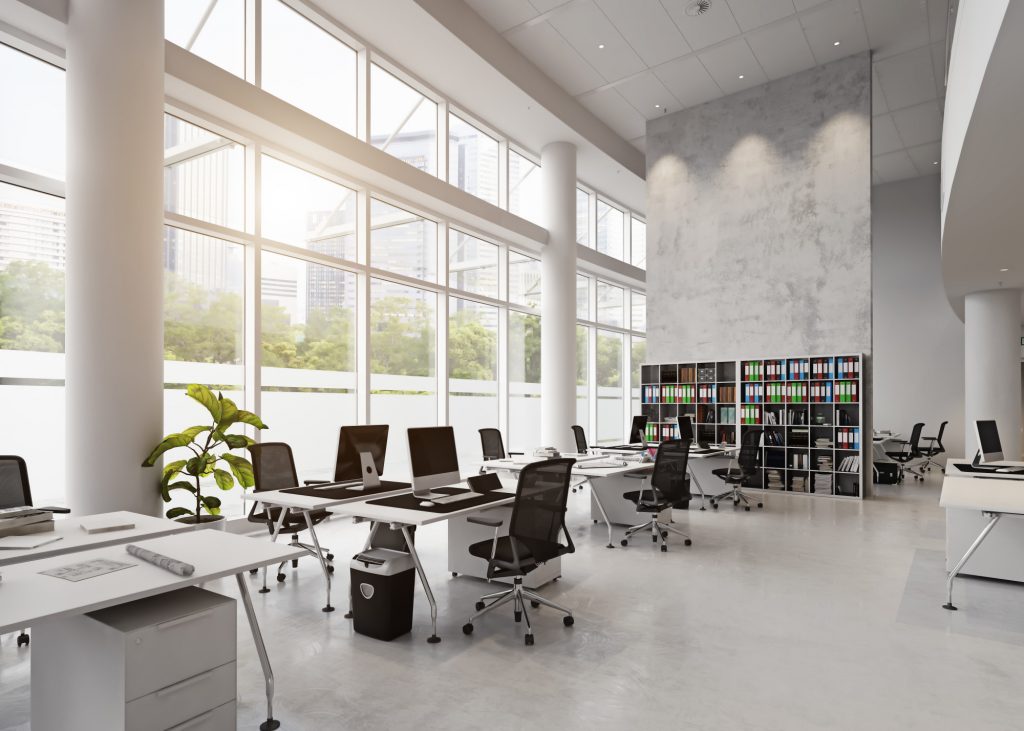You’ve probably given a lot of thought to your business plan, your finances, and hiring your staff.
But you may have overlooked an important aspect of a good business – its office layout.
The right office layout can create a happy, healthy work environment that benefits everyone, but it’s important to understand what the different layouts are before you make a decision.
Here are the different types of office layouts popular today, along with the pros and cons of each.
Types of Office Layouts
There are a lot of different office layouts, each with its own pros and cons.
Before we get started, one thing you should consider before choosing a specific layout is your office’s technology needs, such as the number of printers and scanners you will need. You can check out the site supremeofficetechnology.com for a better estimate of your technology needs.
Here are the different types of layouts and what they could mean for your office.
Cubicle Office
A cubicle office is an extremely common type of office plan. It provides for some privacy and workstation personalization.
However, it may hinder interactions and communications between team members. Cubicle spaces are often small and may feel claustrophobic.
Private Office
Private offices offer the greatest amount of privacy and potential for personalization. They also allow employees to privately discuss business with customers.
Usually, however, private offices are only reserved for management. Private offices can take up a lot of space and be expensive.
Open Office
Open office layouts shun cubicles in favor of employees sitting nearby each other, with no partitioned walls. Desks may be grouped together in clusters, or side-by-side in multiple rows.
Open offices are common in startups and the tech world. A small business owner may choose to go the open office route, in order to allow for easier communication and socialization between employees.
Co-Working Office
In a co-working office, employees usually don’t have their own personalized space. Seating arrangements may change from one day to the next, depending on availability.
Co-working office spaces also exist. These are good for traveling workers, or freelancers that desire a specific office space to work from. Usually, for a reasonable fee, a co-working space can be rented.
Co-workers in these rented spaces can come from a variety of different industries.
Hybrid Office
A hybrid office combines multiple aspects of different office layouts into one. With a hybrid office plan, your space is highly customizable.
A hybrid plan may have space for cubicles, but it may also have open co-working space too. It allows employees to move between spaces and meet and work how they see fit.
Home Office
Home offices have increased in popularity since the pandemic. Home offices can be the most personalized of office layouts. They also allow employees to work from home and avoid commuting, allowing them to spend more time with their loved ones.
However, not everyone has the space or funds to create their ideal layout. But with enough time and a budget, you can create a comfortable, quiet space, either in a designated office room or in a corner of your home.
Home offices can provide great employee satisfaction. Many employees prefer working from home – or at least having the option to work from home. This trend has even extended into real estate, with new homes often built with home office space in mind.
Check Out These Office Design Ideas
The best office design will be the one that works for your business and your employees. Check out these office layouts and choose the one that will encourage the best company culture for your organization.
If you liked this article on business, check out more in our business section.
